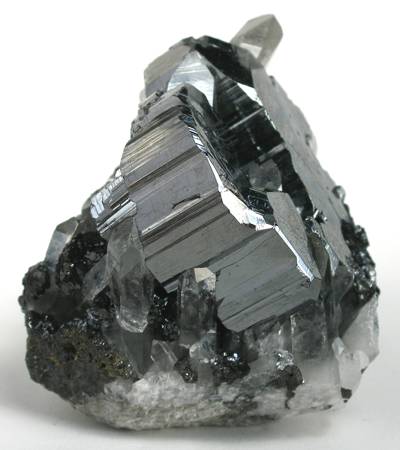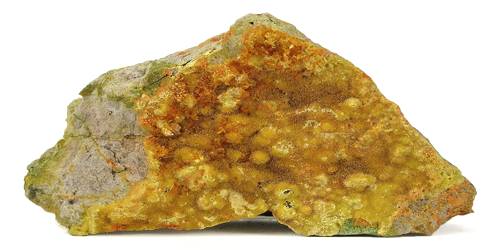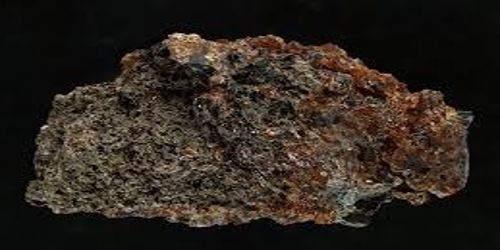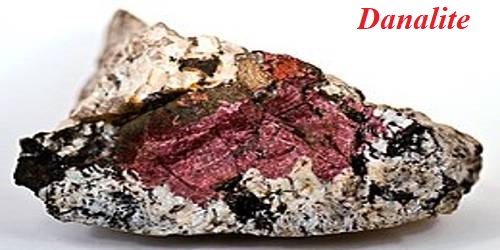Bournonite is a sulfosalt mineral species, trithioantimoniate of lead and copper with the formula PbCuSbS3. It is a mineral in medium temperature hydrothermal vein deposits. It commonly occurs with galena, tetrahedrite, sphalerite, chalcopyrite, pyrite, stibnite, zinkenite, siderite, quartz, rhodochrosite, dolomite, and barite.
It was first mentioned by Philip Rashleigh in 1797 as an ore of antimony and was more completely described in 1804 by French crystallographer and mineralogist Jacques Louis, Comte de Bourbon (1751–1825), after whom it was named. The name was given by Bourbon himself (in 1813) was endellione, as used in the form endellionite, after St Endellion, the locality in Cornwall where the mineral was first found.
General Information
- Category: Sulfosalt mineral
- Formula: PbCuSbS3
- Crystal system: Orthorhombic
- Crystal class: Pyramidal (mm2) (same H-M symbol).

Properties
- Color: Steel-gray to iron-black
- Crystal habit: Crystals short prismatic to tabular, typically striated; commonly as subparallel aggregates.
- Cleavage: [010] Imperfect
- Fracture: Subconchoidal to uneven
- Mohs scale hardness: 2.5 – 3.0
- Luster: Brilliant to dull
- Streak: Steel-gray to iron-black
- Diaphaneity: Opaque
- Specific gravity: 5.7 – 5.9
Occurrence
Bournonite is relatively common and can be found in hydrothermal veins of medium temperatures in localities in England, Ireland, Germany, the Czech Republic, Romania, France, Bolivia, Peru, the United States, Mexico, Australia, Japan, and China, among several others. Associated minerals include galena, tetrahedrite, sphalerite, chalcopyrite, pyrite, stibnite, zinkenite, siderite, quartz, rhodochrosite, dolomite, and baryte.
It was first described as an occurrence in Wheal Boys in the parish of St Endellion in Cornwall, it was found associated with jamesonite, sphalerite, and siderite. Later, still better crystals were found in another Cornish mine, namely, Herodsfoot mine near Liskeard, which was worked for argentiferous galena.
Information Source;
















